Celebrating International Cochlear Implant Day – 25 February 2025
At Vallabh Bailey Consulting, today we honour the incredible journey and achievements of individuals with Cochlear Implants. This day emphasizes the important role Cochlear Implants play in enhancing the lives of those with hearing impairments. Navigating our built environment can be particularly challenging for individuals with hearing loss, especially in unfamiliar spaces.
Hearing is not merely about sound; it’s a complex interaction involving background noise, competing auditory signals, room acoustics, and familiarity with the environment. These factors can significantly impact an individual’s ability to carry out auditory tasks in real-world settings.
What are Cochlear Implants?
Cochlear implants serve as an invaluable solution for children with permanent severe to profound deafness who don’t benefit from traditional hearing aids. While hearing aids amplify sound, cochlear implants go a step further by converting sound into electrical signals, directly stimulating the auditory nerve and allowing a sensation of hearing.
A cochlear implant comprises two main components:
– An internal receiver, which is surgically implanted.
– An external processor, worn behind the ear, much like a hearing aid.
The History of Cochlear Implants
The journey of cochlear implants has been transformative, allowing countless individuals to access sound and communication. Pioneering work by Graeme Clark established the foundation for what would become a beacon of hope for many. As he once said, “A cochlear implant was their only hope to ever hearing.” The success stories from these advancements remind us of the importance of technological progress in addressing hearing loss.
For more insight visit: https://youtu.be/flIAxGsV1q0
Assuring the Future for People with Hearing Loss in the Built Environment
Creating a built environment that accommodates individuals with hearing loss is not just a legal obligation, but a social imperative. The Building Code of Australia (BCA) includes vital guidelines to ensure accessibility, particularly:
- D4D8 Hearing Augmentation: Outlining the standards for auditory support systems in public spaces.
- D4D7 Signage: Ensuring clear and effective visual communication for people with hearing impairments.
Look Out For…
As we move forward, we are excited to share that on 3 March 2025, we’ll be observing World Hearing Day by discussing a compelling case study on hearing augmentation within schools.
At Vallabh Bailey Consulting, our mission is to advocate for inclusivity and accessibility in all spaces. Join us in recognizing the significance of Cochlear Implants and the possibilities they unlock for individuals with hearing loss. Together, let’s make our built environment a space where everyone can thrive, regardless of their hearing capabilities.



Recent blogs
Enhancing Communication: The Role of Hearing Augmentation
In the realm of accessibility and inclusivity within professional environments, ensuring effective communication is paramount. [...]
Read moreSep
Accessible, But Locked: How Councils Utilise MLAK Systems
Public toilets are essential infrastructure, especially for people with disabilities. Yet in many areas, access [...]
Read moreJul
The Importance of the Hidden Disability Sunflower
The Importance of the Hidden Disability Sunflower You may have recently noticed people wearing a [...]
Read moreJul
Review of Accessibility Provisions at Vivid Sydney 2025
Vivid Sydney has once again dazzled audiences, wrapping up another spectacular year of immersive light [...]
Read moreJun
The Good, the Bad, and the Ugly of Platform Lifts for Accessibility
The Good, the Bad, and the Ugly of Platform Lifts for Accessibility Accessibility is a [...]
Read moreMay
Insights into the Updated Disability (Access to Premises – Buildings) Amendment (2024 Measures No. 1) Standards 2024
Insights into the Updated Disability (Access to Premises – Buildings) Amendment (2024 Measures No. 1) [...]
Read moreMar